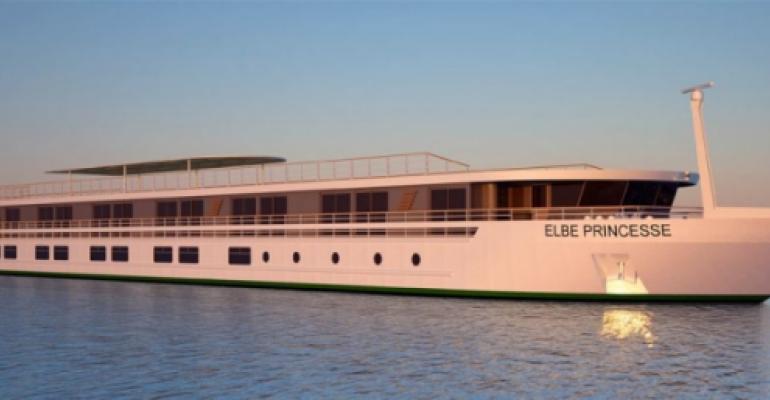Giving insight into the Loire Princesse, a 90-meter vessel with 48 cabins for 96 passengers, SDI md Thibaut Tincelin highlighted the advantages of this historic and now reinvented approach. These include excellent manoeuvrability and the ability to operate in shallow water.
Tincelin affirmed Loire Princesse has performed well since it began operating in the spring. Concerns about noise from the paddlewheel proved to be unfounded.
Meanwhile, SDI designed another paddlewheel river ship, Elbe Princesse, for delivery next spring. It will operate—likewise for CroisiEurope—on the Elbe River between Berlin and Prague. Elbe Princesse's paddlewheels are going to be located astern instead of at the sides in response to the river's specific requirements. Moreover, the speed will be a more important factor than with the Elbe Princesse.
Seatrade Europe's expert river cruise panelists greatly appreciated the paddlewheel 'reinvention.'
With regard to other technical innovation approaches—aiming especially at reducing the industry's environmental footprint—DouroAzul's CEO Mario Ferreira predicted electrically driven river ships could become a reality in only a couple of years, depending on the availability of high-performance batteries.
Such ships would be recharged in port.
Questioned about the application of LNG as an alternative fuel, the river cruise experts indicated the storage space required for the tanks would not be easy to allocate on river ships. Despite these concerns, LNG-driven river vessels are regarded as a potential option for the future.
Copyright © 2024. All rights reserved. Seatrade, a trading name of Informa Markets (UK) Limited. Add Seatrade Cruise News to your Google News feed.


